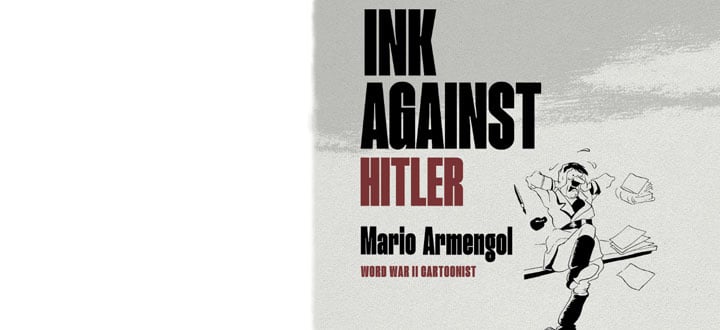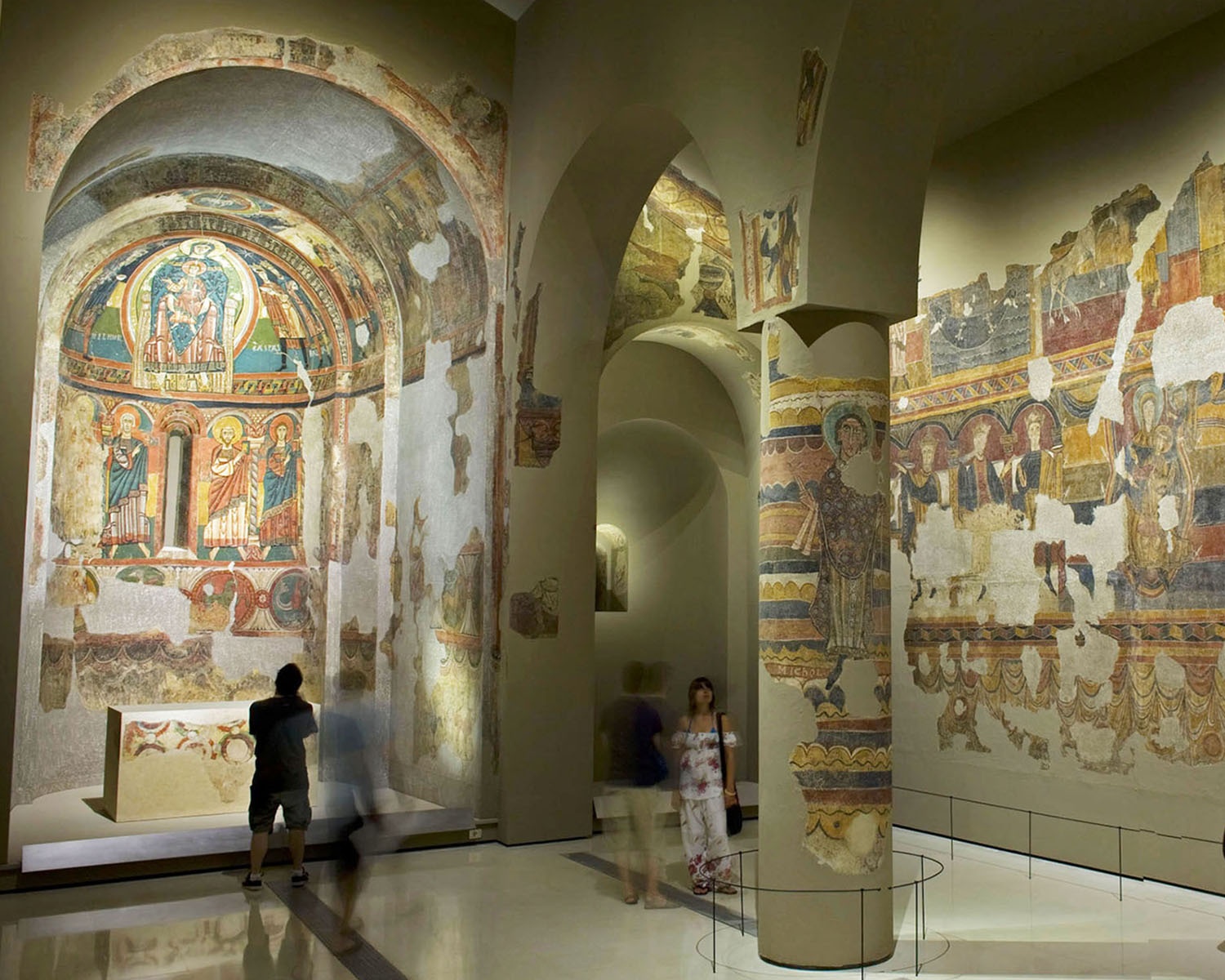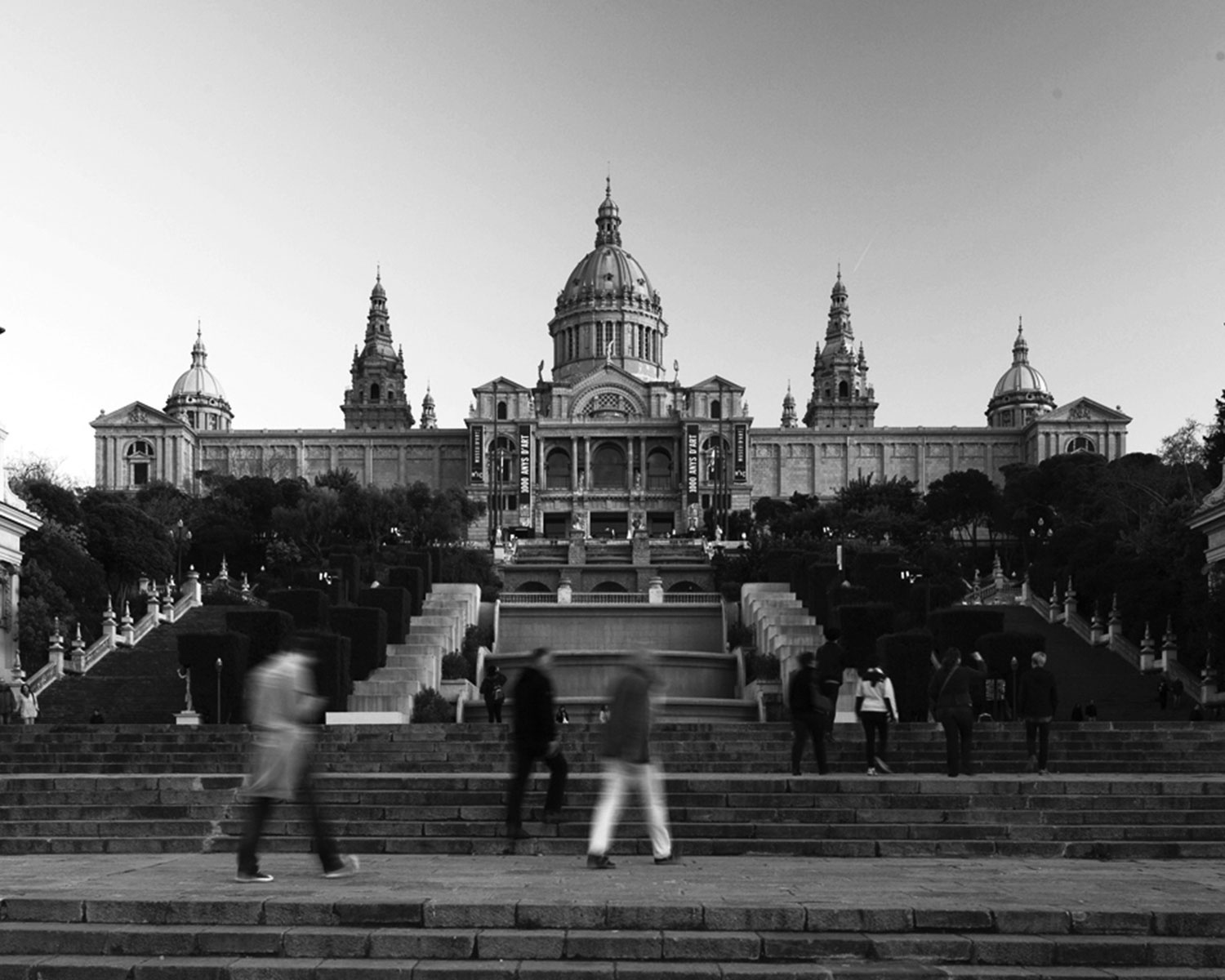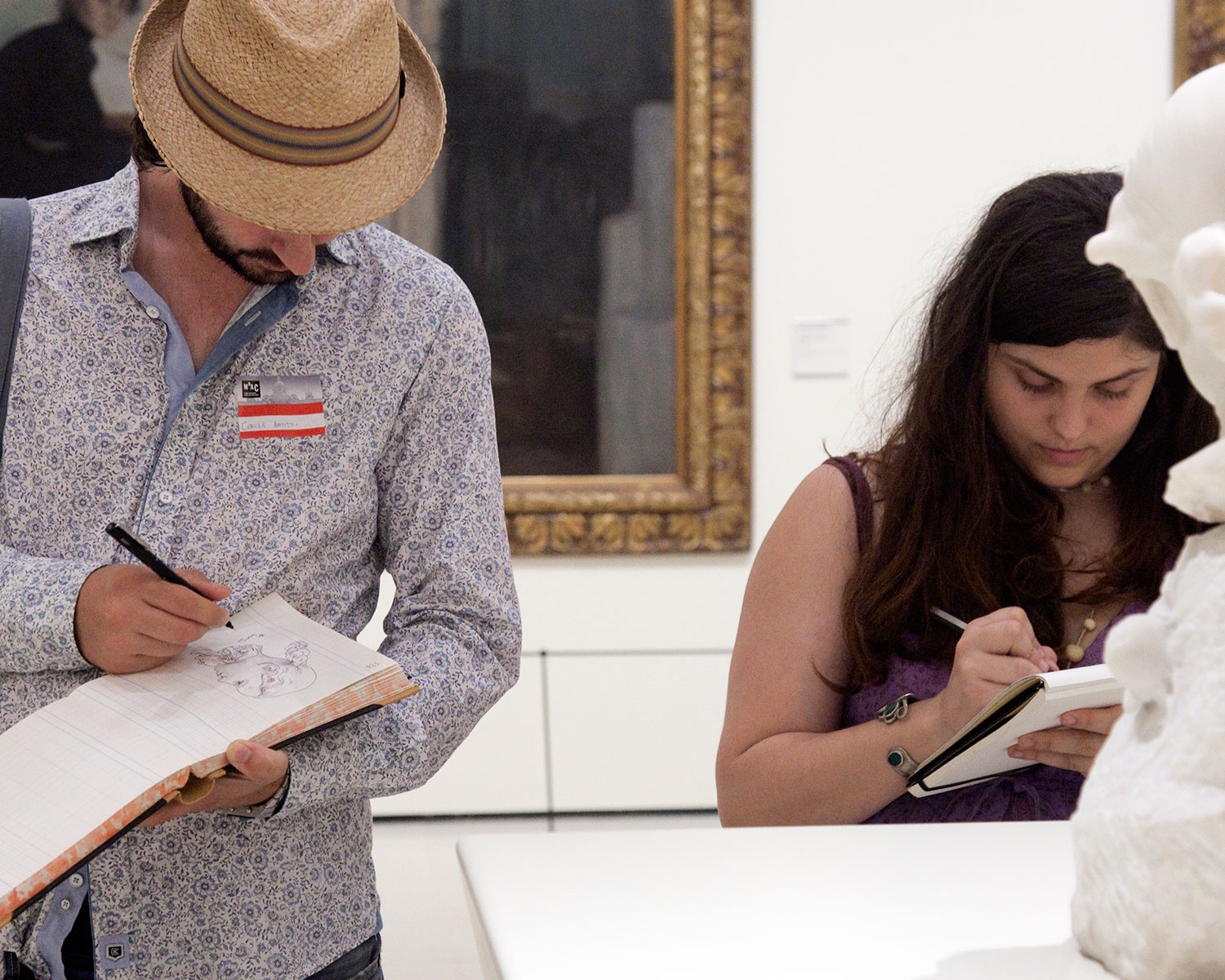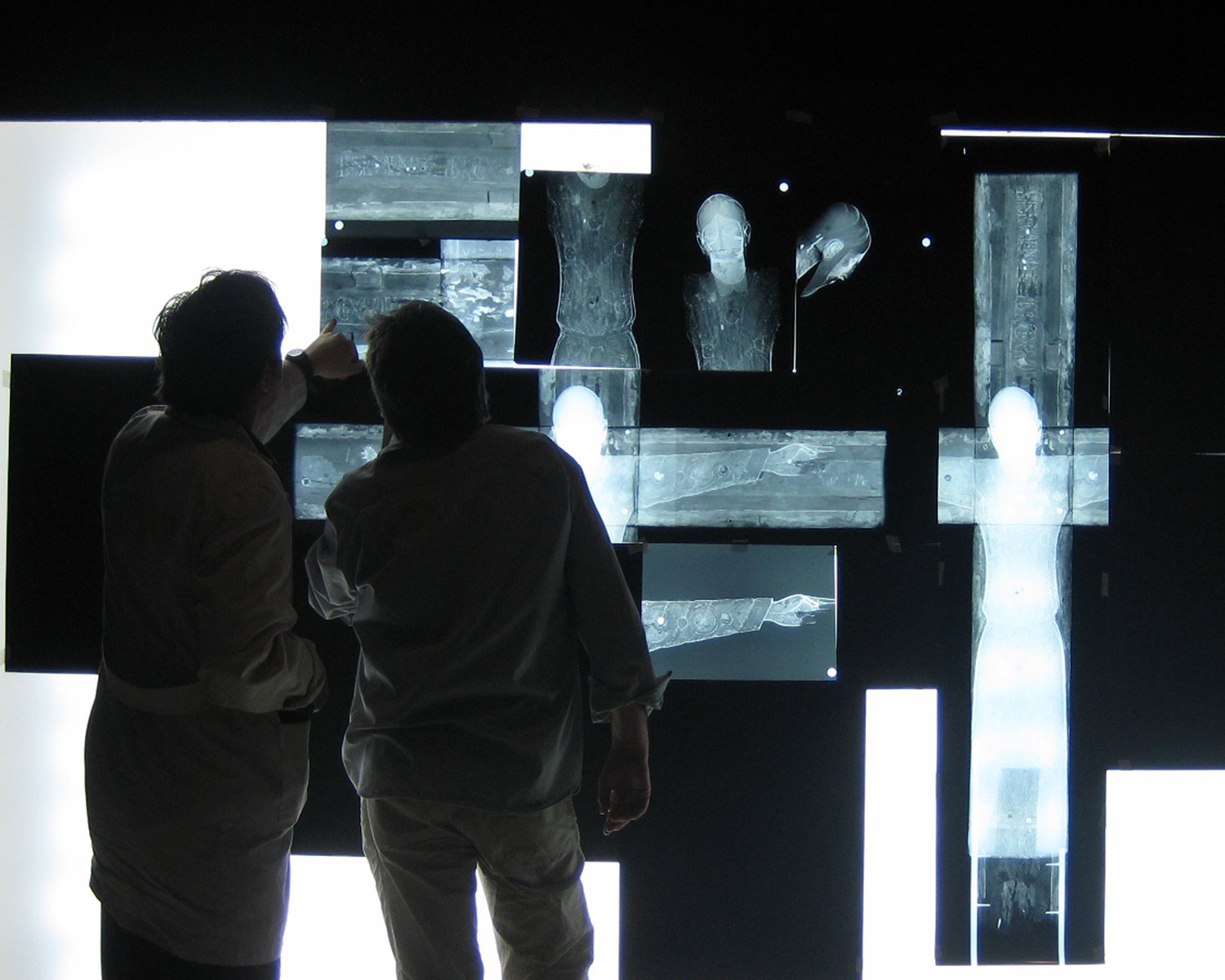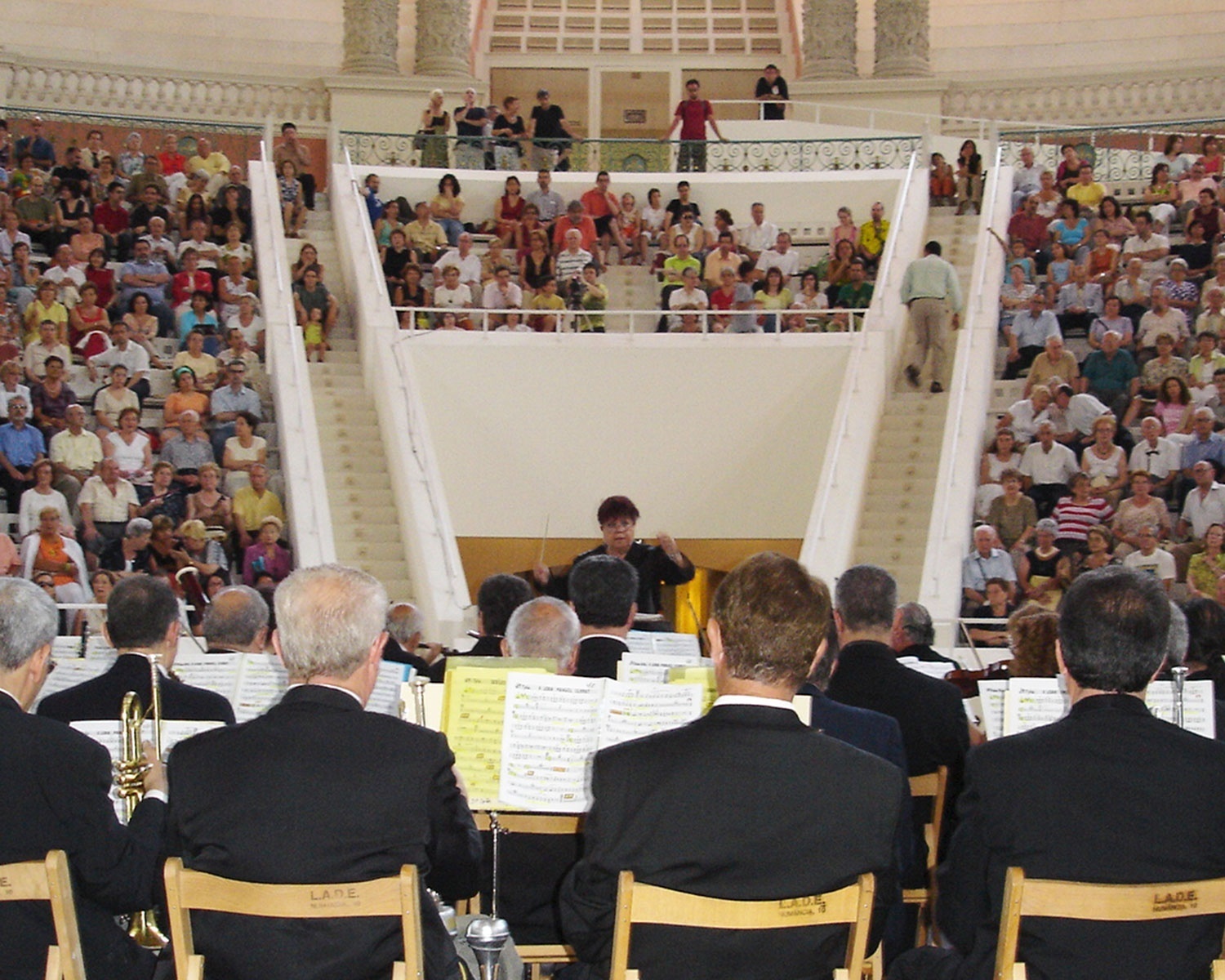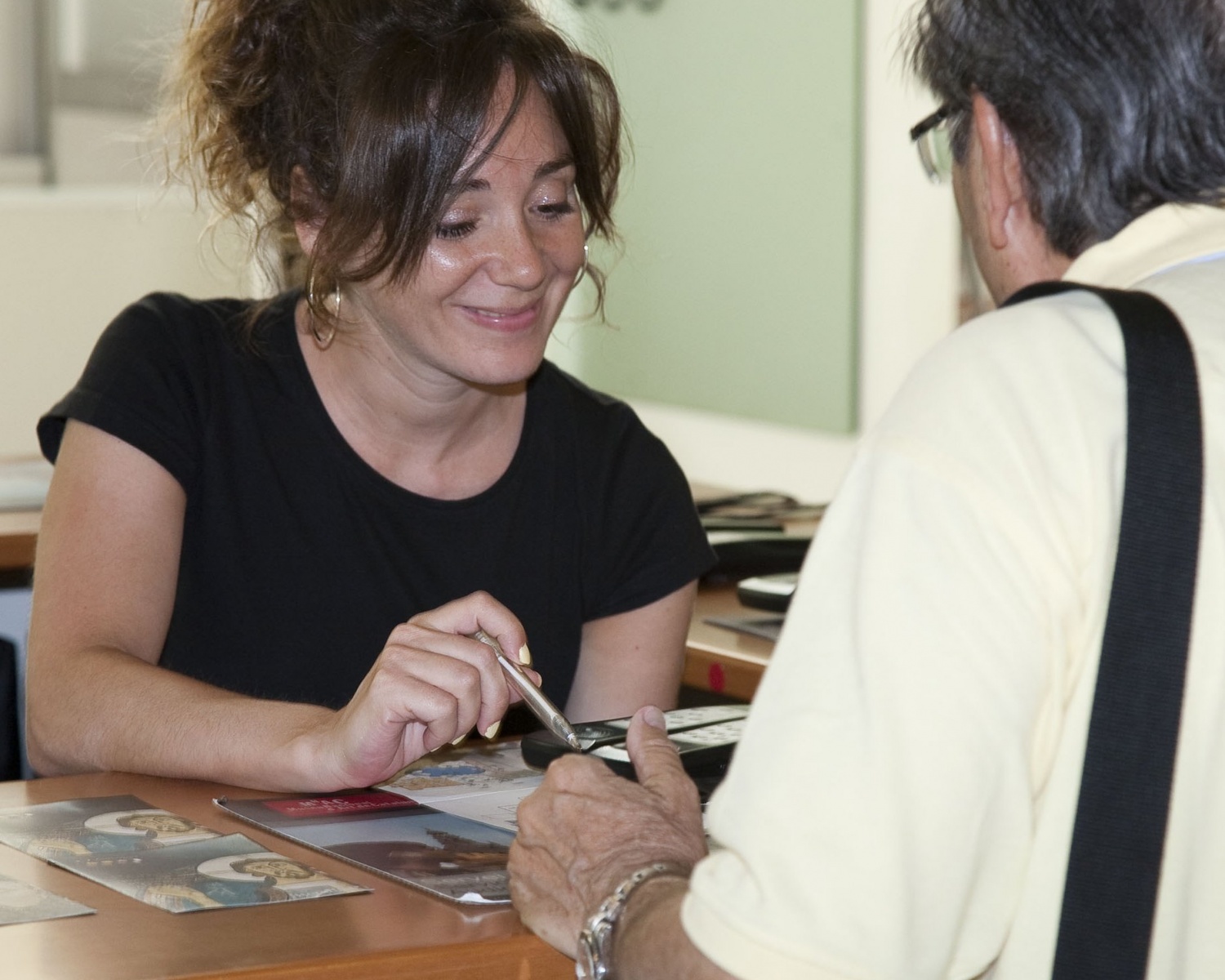Mission
-
Mission and strategy
The Museu Nacional d’Art de Catalunya, as a public organisation, boosts the social and educational use so as to become a space of knowledge, debate, a social tie and one of participation, placing knowledge, the collection and the resources at the service of the public. The museum aims to show the Catalan artistic expression without chronological limits, and at the same time generate new knowledge, the result of the research and work with other institutions.
The programming of the museum, within its vocation to be a public service, is focused on opening up to new publics; boosting knowledge and research, and a greater national and international projection of the institution. The governing bodies of the Museu Nacional d'Art de Catalunya approved the document Strategy and Action Plan 2019-2022 / 2029 (pdf 12.1 Mb) that defines the axes on which the museum's strategy and action plan is focused until 2022:
- Social dimension: accessibility, inclusion and sustainability
- The collection: new stories, expansion and diffusion
- Knowledge, education and experiences
- Importance and impact
- Governance, organisation and funding
-
Social
A Museum for everyone
A museum makes sense when it is full of visitors, closely linked to the community and oriented towards the common good. Starting with its mission as a producer of knowledge, the museum’s public service role is essential for giving it meaning. This is why it would be good strategy in the coming years to develop a set of programmes aimed at ensuring the museum’s social role and dimension. This is the great challenge ahead: to get society to use the museum intensively (almost 70% does not visit) and provide it with full legitimacy in this regard, as it assumes new roles as an agent of inclusion and social transformation.
We need to work on a museum that is accessible in all dimensions. From the currently difficult access on the Montjuïc mountain, to the social, cultural and economic barriers still present in our society. It is essential that we promote equal access to culture for all people and the inclusion and participation of minorities and communities existing in the social fabric. Therefore, the main task of the museum is to place the relationship with its environment and the community at the heart of its programmes and stimulate their active and empowering participation in museum life.
In the coming years, we will undergo a comprehensive renewal of all public programmes in collaboration with organisations and groups that help to bring the museum to as many people as possible. The work we are already carrying out in the health sector and with groups at risk of exclusion is a good example. The museum must be a meeting place, an element of social development and community creation, and must reflect the diversity and plurality of the society in which it operates.
At the same time, cross-cutting environmental and sustainable policies must be enhanced in the museum. The museum has already been quality certified (ISO 14001 and European EMAS regulation) and will strengthen the implementation of environmental and sustainable criteria in all possible actions and processes during this period. Both to minimise the impact on the environment and to promote awareness of conserving the natural and cultural environment among staff and the public at large.
“The museum will be social or it will not be at all” Pepe Serra
Strategy and Action Plan 2019-2022 / 2029 (pdf 12.1 Mb)
-
The collection
The raison-d’être
The collection is the heart of the museum, what defines it and makes it unique and different from any other. A key strategic line is to maximise it in all its dimensions for the most people possible.
Despite economic limitations, the collection must be made to grow with all the tools available, generating new resources and becoming an attractive space for donations and agreements with collectors. The Post-War and Second Avant-Garde periods, a part of the collection that is yet to be shaped, and photography will play a prominent role in this expansion. It is essential that we continue collecting now to ensure the future of the museum.
This extraordinary collection must be made accessible as a whole, to everyone. Which is why the museum will exponentially increase the number of works available on the Internet and expand the part of storage that is open to visitors. Over 200,000 works are kept in storage in a proactive and continuous effort to conserve public heritage for future generations.
In the years to come, the museum will continue renewing its museography stories. It will strive to provide the mediaeval art collection, possibly its most emblematic collection, with a more innovative presentation that accommodates many different narratives and makes use of all of its potential. The museum aims to shift from an “art history” museum to an “art experience” museum, connected with the interests and concerns of the society in which it is located.
The museum will be less and less prescriptive and increasingly connective, producing questions and possibilities so that visitors can build their own experience with works of art.
“In the museum you are welcome to talk and we will listen to what you have to say” (museum team) Strategy and Action Plan 2019-2022 / 2029 (pdf 12.1 Mb)
-
Knowledge and Reseach
From expertise to dissemination
The production of knowledge and education in the broadest sense are inherent to the mission of the museum. The great transformation experienced in recent years, which is still under way, that museums have to shift their focus from the object to the subject —to visitors, to the public— shapes all the museum’s educational and content-generating activity.
Part of the museum’s educational mission is to become a space for debate and dialogue, for enjoyment and contemplation, for education and knowledge, for artistic creation and the participation of all. The institution must be a public resource that encourages exploration, discovery and a critical perspective, which stimulate sensitivity, creativity and contrast between different points of view. The museum’s main task is to be a great connector, to make the most of the tools to encourage all visitors to have experiences in accordance with their own interests and desires.
The collections displayed in the museum and its exhibition programme, along with its public programmes, will be revised during this strategic cycle. This will be done following this direction, in order to provide as many interpretative keys as possible as well as high-quality and excellent visits. New interpretative elements, both traditional and digital, will be provided, and work will be done to create spaces where visitors can meet and find dialogue. The role of contemporary artists, who must find their natural place in the museum, will be decisive in this journey. Their vision in dialogue with the collection, ever critical and transgressive, is essential for the museum.
In the years to come, the museum will also promote its scientific dimension through the development of the Centre of Studies and Research (the library, archive and university programmes), establishing a research plan, digitising and making archives accessible and creating a specialised publication.
The need to strengthen the digital dimension of the museum is intimately linked to innovation and the production and dissemination of knowledge. Both technological change and users’ growing demands and expectations require a digital transformation aimed at connecting the museum with people (public + internal team) in a way that brings more value and efficiency.
“Relevance is not about what's trending or what's hot. It's a quality of art that invites you into a deeper understanding, emotional reaction, or conversation”
Nina Simon, 2016
Strategy and Action Plan 2019-2022 / 2029 (pdf 12.1 Mb)
-
Importance and impact
A better known and more visited museum
The Museu Nacional d’Art de Catalunya has become significantly more relevant and visible in recent years. Both in Barcelona and Catalonia, as well as internationally, but much work still remains to be done in this regard. The museum’s impact extends beyond the number of visitors and the relative success of specific projects. It must also be evaluated for its renown and social and cultural legitimacy. The ability to be an active agent in the society of which it forms part is also an aspect of impact, prompting debate, dialogue and participation through programmes both in the museum and in the surrounding area.
In the years to come, the museum aspires to continue increasing the number of visitors (both those who visit in person and those who visit virtually) in every sphere in which it acts: to achieve more exposure to potential visitors locally and across the country and to strengthen Barcelona’s position as a tourist destination in Spain and abroad. The new Communication Plan that must be written will be essential for establishing separate strategies for each objective. The museum's impact abroad, through the collection, will be a priority in the next work cycle. This will be done by circulating the works of the national collection through the already fully expanded Catalan
Network of Art Museums. But also by promoting travelling exhibits based on the collection, both in Spain and internationally.
As the head of the Catalan Network of Art Museums, the Museu Nacional d’Art de
Catalunya promotes a work strategy shared by all the museums in the country.
Regarding heritage, documentation and accessibility, the enhancement and dissemination of Catalan artistic heritage, the creation and management of national art collections and the increase of knowledge about museums and their programmes. In agreement with the national collection concept established in the 2030 Museums Plan, there will be more loans and deposits from the Museu Nacional d’Art de Catalunya to other museums in the network and the country in general.
In the area of development, the museum will renew the data collection and analysis system, which should help to improve diversification and increase and segment users, sponsors and friends.
“A museum that remains a cultural benchmark for the city and the country” (museum team)
Strategy and Action Plan 2019-2022 / 2029 (pdf 12.1 Mb)
-
Management and organisation
An efficient and sustainable museum
In order to achieve the aims set forth in this plan, the museum must undergo a significant transformation in its current organisation and legal framework, enabling it to develop to its full potential and stay on equal footing with its European and international counterparts with whom the museum already shares areas of work and cooperation.
The legal and organisational model that regulates the museum’s activities has become outdated and distant from the current reality of the institution and the society in which it provides its services. This asks for a specific treatment that upholds all the requirements of transparency and rigour, but also recognises the particularity of the museum's activity and provides it with more efficient and flexible management and resource collection tools, as most counterpart museums have already done. This transformation would also entail greater involvement and professionalisation of its governing bodies.
In the economic sphere, we must bear in mind that museums create wealth (cognitive and social wealth, as well as the economic variety) and jobs. However, in order to achieve what this plan proposes, we will have to receive a higher level of funding from public administrations than we currently do and continue increasing our means of self-funding.
The work-related plan, which is the result of a long process of consultations and surveys with staff, reveals that better coordination between the different departments of the museum is necessary, and that improvement must be made in both communication and internal management processes. The objective must be to give greater recognition to the work done individually. But also boost the motivation of the teams, which mostly demonstrate a great calling to work in the art world at an institution that is transforming society. A programme of organisational evolution will be issued that streamlines work procedures, simplifies processes and promotes learning through innovation. Interdisciplinary work mechanisms and projects will be implemented and there will be new opportunities for training and participating in external networks and forums. For this plan to succeed, all departments and areas must be committed to the process under way at the Museu Nacional d’Art de Catalunya.
Strategy and Action Plan 2019-2022 / 2029 (pdf 12.1 Mb)



